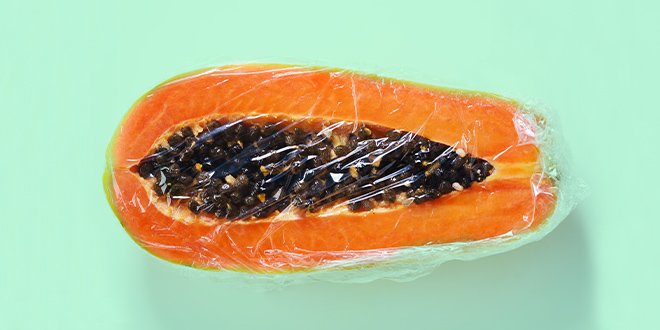When people talk about safe sex, they usually refer to male condoms, and almost exclusively in the context of penetrative vaginal or anal sex. However, using barrier protection is important for all types of sex – and here’s why.

What is HPV?
Human Papilomavirus is a group of viruses – some 100 in total, including about 40 that affect your genitals. Most are innocuous and have no symptoms or negative effects, but HPV-6, 11, 16, and 18 are the strains most likely to cause genital warts and cancer of the cervix and penis, respectively. (Those are also the strains protected by vaccinations like Gardasil, which are generally only given to those under 25).
HPV is an extremely common STI – it’s estimated that three quarters of reproductive-aged women will have a strain of HPV at some point during their life. HPV will usually go away on its own as your body passes the infection, which is why even a positive HPV screening is not that serious. If you’re over 30, it is more likely to develop into cervical cancer, but with regular Pap smears it’s easy to catch. Currently, there is no approved HPV screening for men.
HPV can pass from skin to skin contact, meaning yes you can pass it from fingering, oral sex, blow jobs and penetrative sex – even if you wear a condom.
What’s the Link to Oral Cancers?
Over the past decade there has been at least a four- to five-fold increase in the number of oropharynx cancers in the US.[i]
The oropharynx refers to the back of the throat, base of tongue and tonsils, and HPV is thought to cause 70% of oropharyngeal cancers in the United States, with HPV-16 causing 60% of all oropharyngeal cancers. [ii] The reason for this increase is thought to be due to the increase in average amount of sexual partners, though it’s of note that mean are 3x as likely as women to have HPV of the throat, and there seems to be a link to smoking as well.
However, just because you have oral HPV doesn’t mean you’ll necessarily get cancer – some 12,000 people in the US do per year – but it’s still important to reduce your risk of spreading HPV.
How Can I Practice Safer Oral Sex?
You can develop symptoms of HPV years after being exposed, and, as mentioned, many strains have no symptom at all, making it extremely hard to pinpoint when and from whom you got it.
Using dental dams and condoms are the safest ways to have oral sex – not just to prevent the spread of HPV, but other STIs as well. If you’re not sure how to use a dental dam – or even know what one looks like – then we (much like a dental dam) have you covered.
How to Use a Dental Dam
A dental dam is a thin sheet of rubber that you can find at most sex stores, but if you don’t have one you can also use a condom – just snip off the tip with scissors, cut it lengthwise and voila!
You may have seen a sex ed teacher stretch a dental dam wide in front of their mouth to show how stretchy it is, but when actually using one for cunnilingus, it’s much more enjoyable (and a lot less like making out with a piece of rubber) to use a dental dam like this:
- Apply lube to your partner’s vulva (around the labia and the clitoris)
- Lay the dental over it and press it gently into the crevices – and treat this as a sexy tease with your fingers, not a chore!
- One partner will need to hold on to the edges of the dental dam. It can be the receiving partner but they might get distracted!
Conclusion
While an extra barrier may seem like a bummer, keeping your sex as risk-free as possible is probably the biggest turn on we can think of. Remember that no method is 100%, and that regular testing and disclosure to new partners are equally important.
